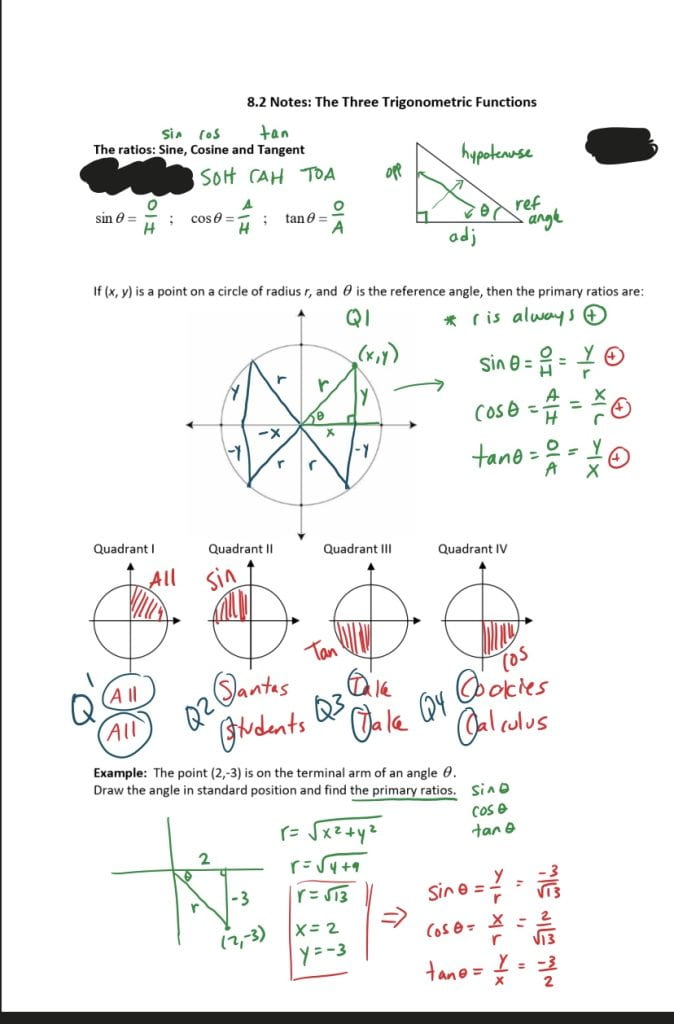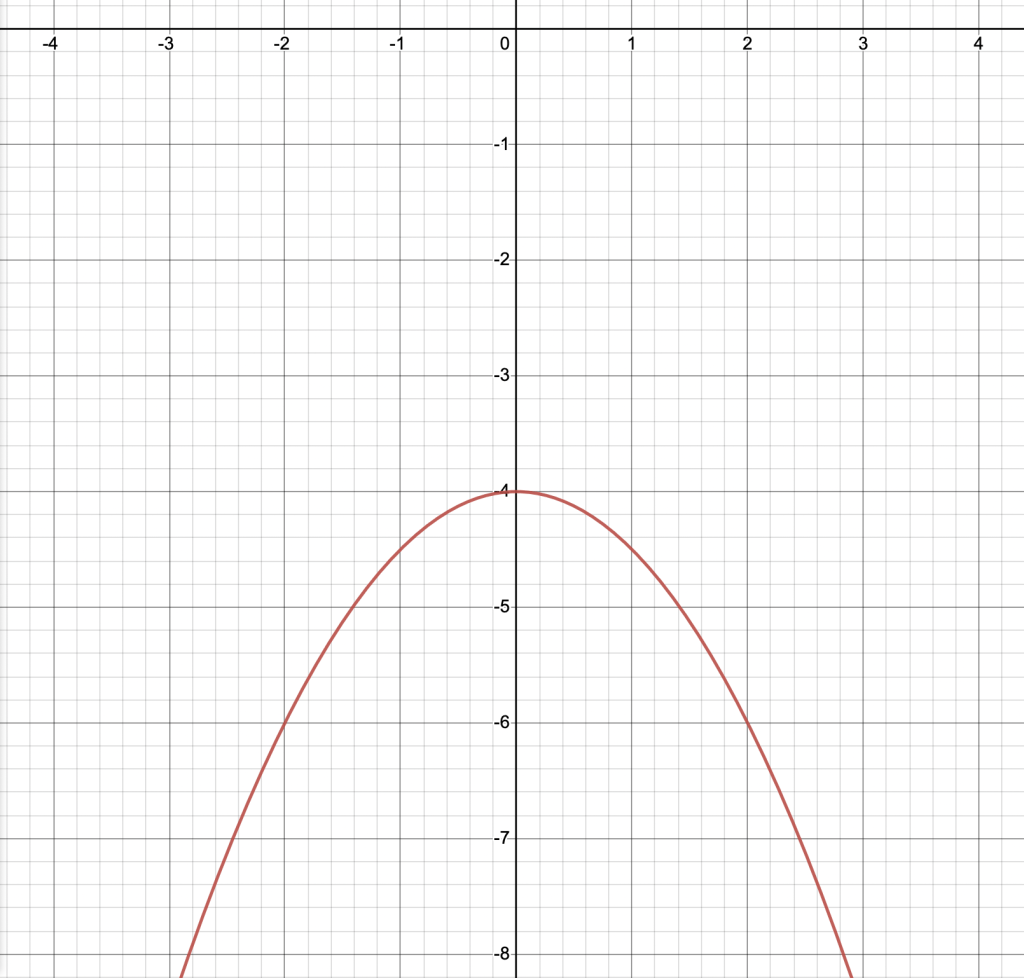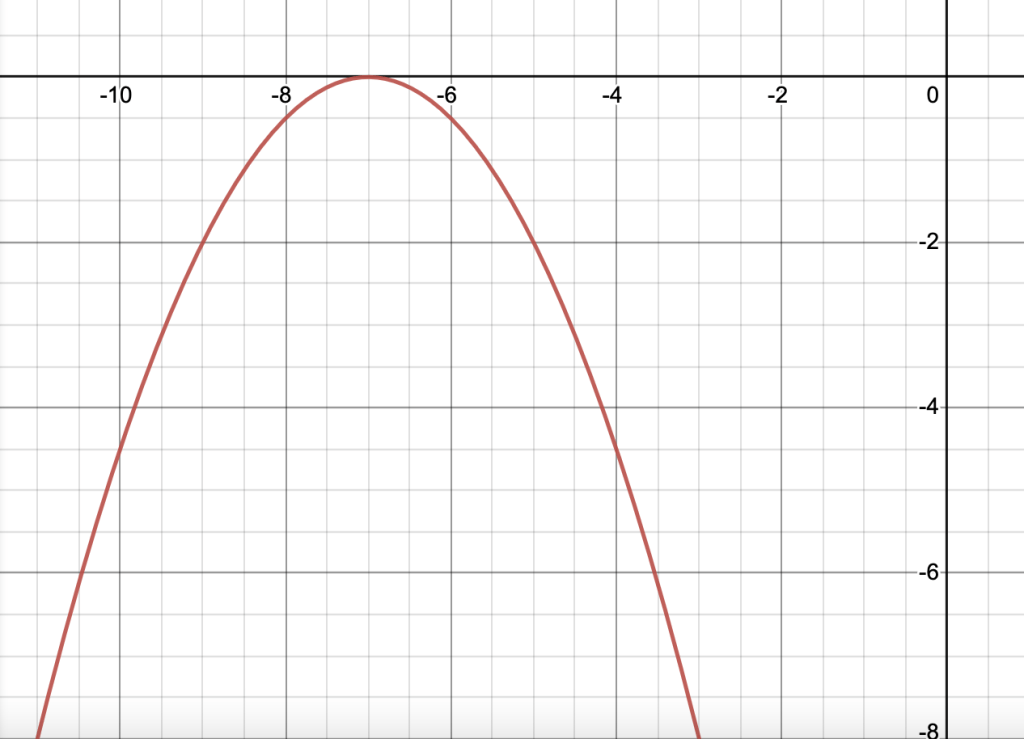Core Competency Reflection
This semester, I have focused on learning and using mathematical vocabulary, as well as working collaboratively with others. I demonstrated progress within these two topics when I reviewed the class notes multiple times in order to learn new proper math vocabulary. This occurred whenever I found myself stuck on a math question, so as a result, I would seek help through the notes and lessons. In order to comprehend the notes, I needed to make sure that I understood what words were being used in the lessons. After learning what specific words meant and what to use them for, I incorporated them into my personal vocabulary when figuring out or teaching others math concepts. Fully understanding these concepts and the vocabulary used in them helped me expand my ability to answer questions correctly, as well as teach peers how to solve them. The other topic that showed progress this semester is being able to work collaboratively with others. At first, I had to adjust to working with new people, and from time to time, I found it a challenge to communicate with peers I didn’t know very well. However, as I learned more about the math concepts and got more comfortable with my group members, I was able to have more efficient communication with them. In addition, as the semester went on, my teacher allowed us to pick our group members for group work. This allowed me to take a step further in communicating with my peers as I had picked to work with people I was previously comfortable with outside of math class. Even though at times it could be a bit distracting, I do believe this helped me expand my learning. While working in a group I was able to discuss the process of solving math problems through different perspectives. Some people would have strengths in specific topics while others struggled, so group work was a great opportunity for everyone to help each other better understand math. Throughout this semester, I have demonstrated growth in learning and using math vocabulary, as well as working collaboratively with others.


Advice for Future Students
My advice for future students is to not let workbook questions build up. This means, from the very beginning of chapter 1, you should try to finish all workbook questions in class before you go home. From my personal experience, I tried keeping up with the workbook homework pretty well in the earlier chapters but began to lose motivation and didn’t use my class time as wisely as I could’ve. This doesn’t mean that I just sat around doing absolutely nothing, but I would end up leaving most of my workbook questions to do at home. However, I’ve realized that this was not a sufficient way to prioritize my homework as outside of school, I have a very busy life. For instance, I have two jobs that I attend to after school and on the weekends. To add on, this semester, I have had all academic courses, meaning that I have no electives to give me a chance to catch up or take a break from the academic courses I find more challenging. Knowing this, I advise that you evaluate your priorities both in and outside of school, and figure out a stable way to manage your time to complete work. This means you should try your best to sign up for FLEX, CENT Time, or even come in before school starts so that you never fall behind in workbook questions. Falling behind in workbook questions causes you to fall behind in understanding each lesson. Workbook questions allow you to better understand a chapter and practice solving problems. Without doing workbook questions, you will fall behind drastically in the course, and find yourself lost, unable to answer questions. However, if you do complete all of the workbook questions in a considerable amount of time, you will most likely do significantly better on assessments.









